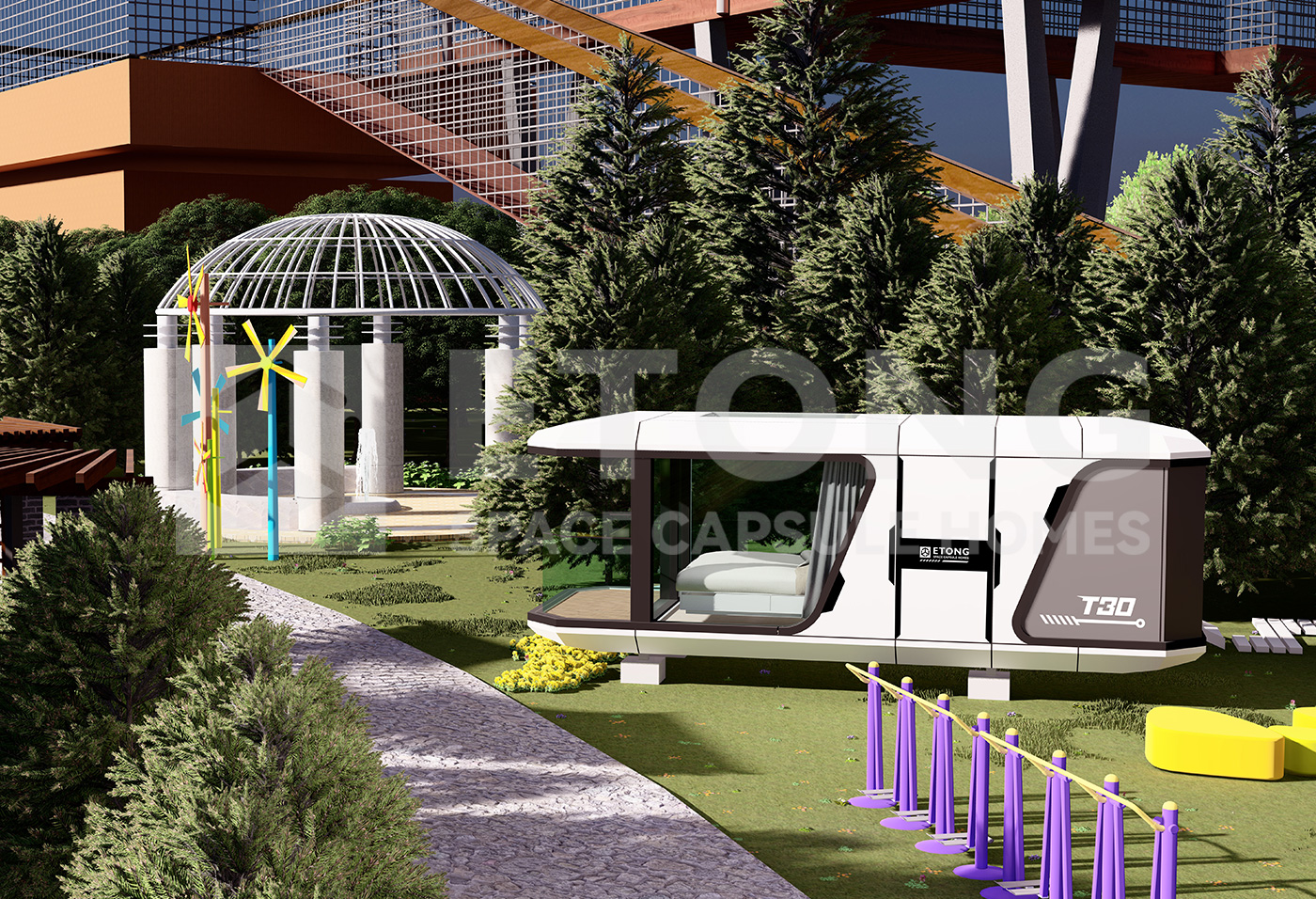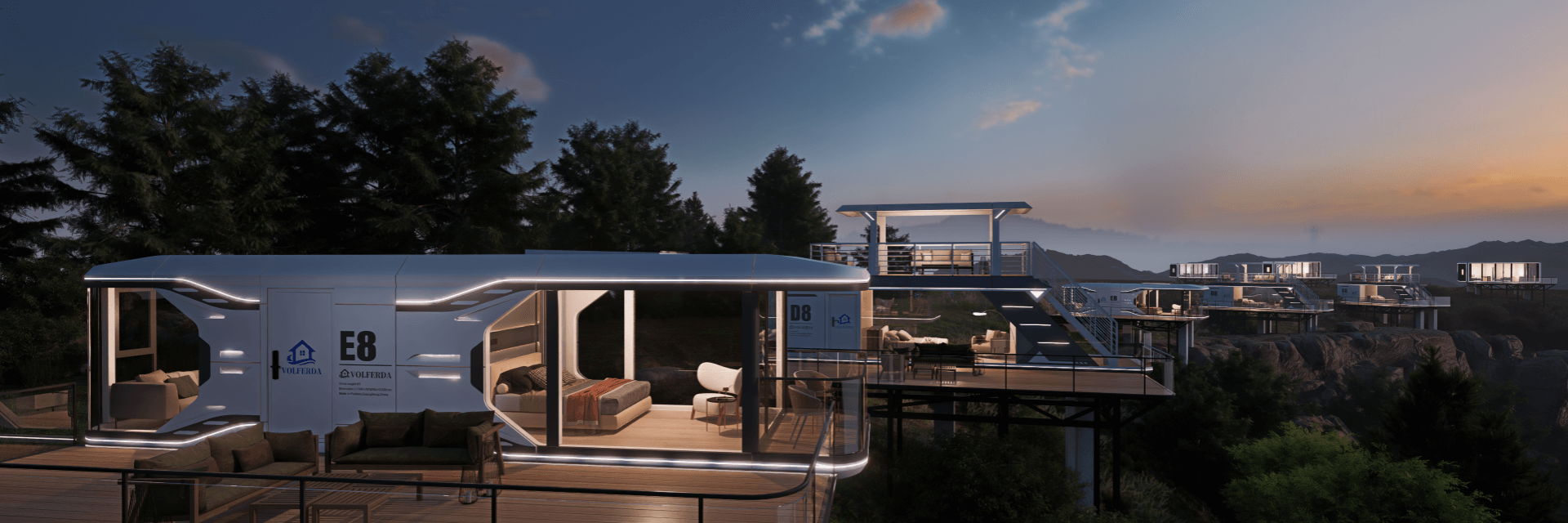Simple And Easy Homebuilding With Modern Modular Home Layouts

Benefits of Modular Home Designs
Modular home layouts provide various advantages that make them an enticing choice for lots of homeowners. Among the primary benefits is cost-effectiveness. Since modular homes are created in a factory setup, building contractors can simplify the process, lowering labor and product expenses, which typically converts to lower rates for buyers.
Additionally, modular homes are recognized for their rate of building and construction. pod homes. The controlled environment of a manufacturing facility enables reliable assembly, making it possible for property owners to move right into their brand-new home much quicker than typical structure techniques would permit
Power efficiency is one more considerable benefit. Lots of modular homes are developed with energy-efficient systems and sustainable materials, leading to reduced energy expenses and a reduced environmental footprint.
Moreover, modular designs provide a high degree of modification. Homeowners can commonly choose from various formats, products, and coatings, making sure that their home fulfills individual preferences and way of living needs.
Last but not least, modular homes are built to meet strenuous building ordinance and standards, making sure durability and safety. Overall, the mix of affordability, speed, efficiency, top quality, and modification makes modular home layouts an appealing choice for a wide variety of customers.
The Modular Building And Construction Process
The modular building procedure includes an organized approach that dramatically varies from conventional structure approaches. This ingenious strategy begins with the layout and engineering stage, where plans are developed making use of advanced software application to guarantee accuracy. Once approved, the building and construction of components takes place in a controlled manufacturing facility environment, permitting for reliable assembly and quality assurance. Each module is developed with the same products and requirements as a site-built home, consisting of insulation, electric wiring, and pipes systems.
As the modules are created, the website preparation can occur concurrently, consisting of foundation job and energy setups. This parallel procedure considerably reduces the overall timeline for conclusion. When the components prepare, they are carried to the structure website, where they are craned right into setting and firmly collaborated.
The last phases entail completing touches, such as exterior house siding, roof, and indoor outlining. This streamlined method not just decreases construction waste yet also enhances power performance through well-coordinated structure methods. On the whole, the modular building process provides a faster, cost-efficient, and ecologically friendlier alternative to traditional home structure.
Modification Options Available
Discovering personalization alternatives in modular home layouts allows home owners to customize their living rooms to their special preferences and lifestyles. Among one of the most enticing elements of modular homes is the adaptability they provide in layout and design. Homeowners can select from a range of floor strategies, varying from open-concept rooms to extra conventional layouts, making certain that the home fits their certain needs.
Along with architectural adjustments, customization encompasses aesthetic components. Property owners can pick from an extensive combination of products, check these guys out coatings, and shades, including kitchen cabinetry, kitchen counters, flooring, and siding. This degree of personalization makes it possible for citizens to develop a natural style that shows their private design.
In addition, modular homes can integrate energy-efficient attributes and smart technology options. House owners can go with photovoltaic panels, energy-efficient home windows, and progressed heating and cooling down systems, contributing to both convenience and utility cost savings.
Finally, lots of makers use the opportunity to add special components, such as integrated shelving, custom-made storage rooms, or exterior space. This thorough range of customization options ensures that modular home styles can be as unique and functional as the families that occupy them.
Sustainability in Modular Homes
Sustainability is a crucial consideration in modern home structure, and modular homes are significantly created with environment-friendly techniques in mind. These structures lessen waste through efficient manufacturing processes, as parts are made in a controlled atmosphere (pod homes). This not just minimizes the quantity of material discarded during building and construction yet also reduces the carbon footprint related to traditional building techniques
Modular homes typically include lasting products, such as recovered timber, recycled steel, and low-VOC paints, which add to healthier indoor air top quality. Several styles incorporate energy-efficient systems, consisting of solar panels, progressed insulation, and high-performance home windows, which lower power usage and energy expenses over time.
The modular building and construction approach additionally enables far better planning of power use and resource management throughout the structure lifecycle. By using premade components, contractors can significantly decrease transportation discharges, as products are supplied wholesale to the website.
Additionally, the adaptability of modular homes enables future upgrades, making certain that home owners can customize their space to consist of much more sustainable innovation as it appears. On the whole, sustainability in modular homes represents a forward-thinking technique to environmentally responsible living.
Cost-Effectiveness of Modular Structure
Modular homes not only focus on sustainability but likewise use significant cost-effectiveness contrasted to standard construction methods - pod homes. One of the primary financial benefits is the decrease in labor expenses. Because a considerable portion of the construction procedure takes place in a regulated factory environment, labor efficiency is increased, resulting in lower total expenses
Furthermore, the usage of standardized products and layouts reduces waste, resulting in cost savings that can be handed down to customers. The moment financial savings connected with modular building and construction additionally add to its cost; jobs can be finished in a fraction of the time it takes for traditional builds, enabling property owners to relocate sooner and begin gaining from their investment.
Additionally, modular homes commonly my sources include energy-efficient functions, which can lead to minimized utility expenses in time, additional improving their cost-effectiveness. Financing alternatives for modular homes are also becoming a lot more favorable, with lots of loan providers acknowledging their worth and stability.
Conclusion
In conclusion, modern modular home designs offer a transformative strategy to homebuilding, identified by sustainability, efficiency, and modification. The structured building process boosts quality and adherence to structure codes while providing homeowners the chance to customize their home. The unification of energy-efficient systems considerably lowers energy expenses and environmental effect. Inevitably, modular homes represent a forward-thinking service that attends to contemporary real estate needs and advertises a more lasting future in domestic building and construction.

Comments on “The Rise of Capsule Homes Australia and Their Impact on Sustainable Living”